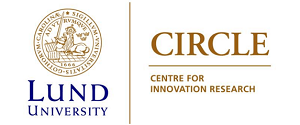No 2013/18: Substitution or overlap? The relations between geographical and non-spatial proximity dimensions in collaborative innovation projects
Teis Hansen ()
Additional contact information
Teis Hansen: CIRCLE, Lund University, Postal: CIRCLE, Lund University, PO Box 117, SE-22100 Lund, Sweden
Abstract: Traditionally, economic geographers stress geographical proximity’s positive impact on collaboration processes. Recently, effects of cognitive, organisational, social and institutional proximity dimensions have been emphasised. This paper examines the relations between geography and these non-spatial dimensions by distinguishing two mechanisms: the substitution mechanism, where non-spatial forms of proximity substitute for geographical proximity, and the overlap mechanism, where geographical proximity facilitates non-spatial proximity. The two mechanisms’ importance is analysed in collaborative innovation projects in the Danish cleantech industry. Regression models are complemented by a qualitative analysis of the relationship between the geographical and institutional dimensions, which is the only relation where the substitution mechanism is of little importance.
Keywords: Proximity; cleantech; collaboration; knowledge linkages; innovation
29 pages, May 10, 2013
Full text files
201318_Hansen.pdf
Questions (including download problems) about the papers in this series should be directed to Torben Schubert ()
Report other problems with accessing this service to Sune Karlsson ().
RePEc:hhs:lucirc:2013_018This page generated on 2024-09-13 22:16:04.

